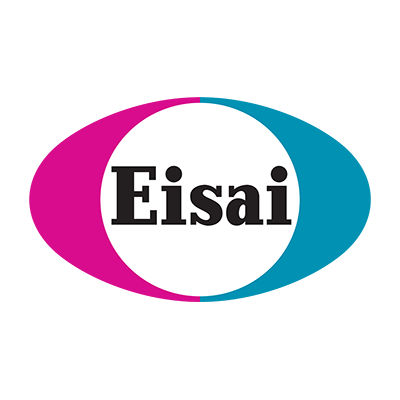The purpose of our study is to develop age-related phosphorylated tau (p-tau) inhibitors, for Alzheimer's disease (AD). There are wide-ranging therapeutic molecules available in the market and tested for age-related p-tau inhibition to enhance phosphatase activity and microtubule stability in AD neurons. Until now there are no such small molecules claimed to show promising results to delay the disease process of AD. However, a recently developed molecule, DDQ, has been shown to reduce abnormal protein-protein interactions and protect neurons from mutant protein-induced toxicities in the disease process. In addition, DDQ reduced age- and Aβ-induced oxidative stress, mitochondrial dysfunction, and synaptic toxicity. To date, there are no published reports on the p-tau interaction of DDQ and Sirt3 upregulation with CREB-mediated mitophagy activation in AD neurons. In the current study, HT22 cells were transfected with mutant Tau (mTau) cDNA and treated with the novel molecule DDQ. Cell survival, immunoblotting, and immunofluorescence analysis were conducted to assess cell viability and synaptic and mitophagy proteins in treated and untreated cell groups. As expected, we found cell survival was decreased in mTau-HT22 cells when compared with control HT22 cells. However, cell survival was increased in DDQ-treated mTau-HT22 cells when compared with mTau HT22 cells. P-tau and total tau proteins were significantly reduced in DDQ-treated mTau-HT22 cells, and MAP2 levels were increased. Anti-aging proteins like Sirt3, and CREB levels were increased in DDQ-treated HT22 cells and also in mTau-HT22 cells treated DDQ. Mitophagy proteins were decreased in mTau-HT22 cells and these were increased in DDQ-treated mTau-HT22 cells. These observations strongly suggest that DDQ has anti-p-tau and anti-aging properties, via Sirt3 overexpression and increased mitophagy proteins. Our study findings may have implications for healthy aging to the development of p-tau targeted therapeutics in AD and tauopathies.








